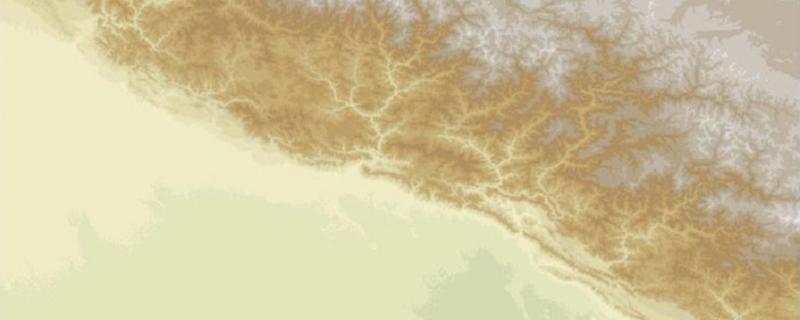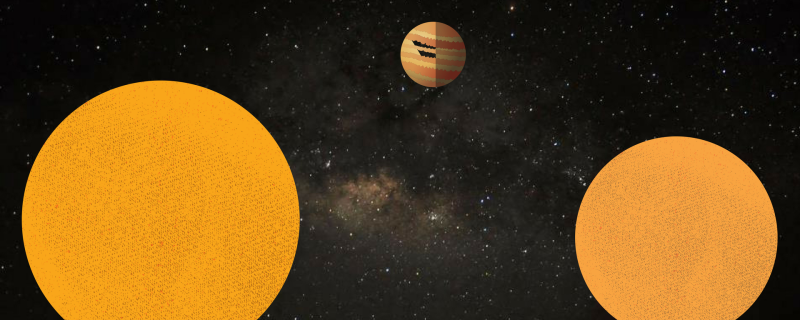Images with low quality spell doom not only for your photographic skills, but also for the numerous medical diagnosis that doctors do using scanned images of your body. Now, researchers have developed a new algorithm that can denoise such bad quality images in a few seconds. Running on advanced processing units called graphical processing units, the algorithm promises to be a new hope in the rising field medical imaging, satellite imaging and other fields dealing with high resolution images.
Archives
If there is one thing that is rapidly disappearing from today’s urban landscape, it is the trees -- many of them being cut down relentlessly to make way for roads, buildings, dams and the likes. But what can we do about those that have miraculously escaped the axe, apart from hugging them? Mapping them! Yes, you read that right. Today, various tree mapping campaigns are on that is calling on everyone to help map the trees in your neighbourhood. This data is of immense importance for further studies on urban ecology. So, what are you waiting for? Grab your phone and get mapping...
Have you ever wondered how animals communicate with each other? While some might use sound by howling, chirping or roaring, others, like the resplendent superb fan throated lizards have evolved a unique form of communication using colors. In a new study, researchers have understood the complex system these lizards use to signal to each other using their colorful dewlaps. Using colors like orange, blue and black, these lizards signal differently to males and females of their own, say the researchers.
A new study by researchers could be a breakthrough in our fight against tuberculosis that has a long history. The researchers have identified an enzyme in the bacteria that causes TB, inhibiting which could kill the bacteria effectively. A first of its kind study, the researchers hope this enzyme can be targeted to develop effective drugs against TB without any side effects.
The 22nd of May is celebrated around the world as International Day for Biodiversity -- a day to celebrate the existence of that little sparrow on the tree, the colourful caterpillar on the leaf, the gigantic Blue whale in the ocean and the majestic elephant in our forests. It is a day to appreciate that our planet is blessed with so many life forms and understand each one’s role in maintaining this ecosystem. A small imbalance in this ecosystem can spell doom for all of us. On this day, here is a brief look at how we have understood biodiversity throughout our history and some important takeaways in the process.
Scientists from Raman Research Institute (RRI)and Hans Raj College, University of Delhi were monitoring the orbital period of the star MXB - 1658-298, a binary system, when they made an unexpected discovery - A massive planet, around 20-25 times the mass of Jupiter, orbiting the twin stars. They developed a novel technique of looking at the X-ray eclipses as one star passed in front of the other to deduce the presence of the third body and its mass. The star already an interesting candidate for future studies due to its extreme distance and age, has become even more intriguing after the discovery of the circumbinary planet around it.
Albeit irksome, termites are one of the fascinating insects we have around us that play a major role in the recycle of nutrients. Found in mounds made of soil, their nests reveal a host of information about the surroundings. In a recent study, researchers have investigated the relationship between the abundance and distribution of termite mounds, and the impact of soil properties and the fragmentation of the natural forests on the same. Since studies on termites found in Asia are very few, the researchers claim this study opens up a lot more fascinating information in the world of termites of southern India
It is a connected world that we all live in. Technology around is changing everything and making life ‘smarter’ and better for us. The new wave hitting all of us today is Big Data that is changing how we look at a piece of information and make decisions. How have our lives changed with Big Data being around? What are its impacts? What are some concerns? On World Telecommunication and Information Society Day, we look at how Big Data is making big impacts to our lives.
Our need for energy is growing at an unprecedented rate and we have tried every source of energy to quench our thirst. We have almost used up all our fossil fuels and have tried to harness as much as renewable sources of energy like solar, wind, water and nuclear power. Inefficiency and high cost involved in harnessing these renewable sources have now forced us to look at other approaches. In a recent study, scientists have tried to mimic what plants do best -- convert sunlight and carbon dioxide into food and oxygen! By building artificial photosynthetic systems, the researchers claim to have a unending flow of clean and green energy for the future.
As cancer, a deadly disease, evolves, our fight against it does so too. Today, there are multiple therapies and drugs available that fight different types of cancer. Now, researchers have added a new drug called Disarib to this list that acts against a particular protein called BCL2. By killing cells that overproduce this protein, the researchers claim that Disarib can act effectively against most types of cancers. A first kind of its drug made completely in India, Disarib heralds a new breakthrough in Indian pharmaceutical research.





